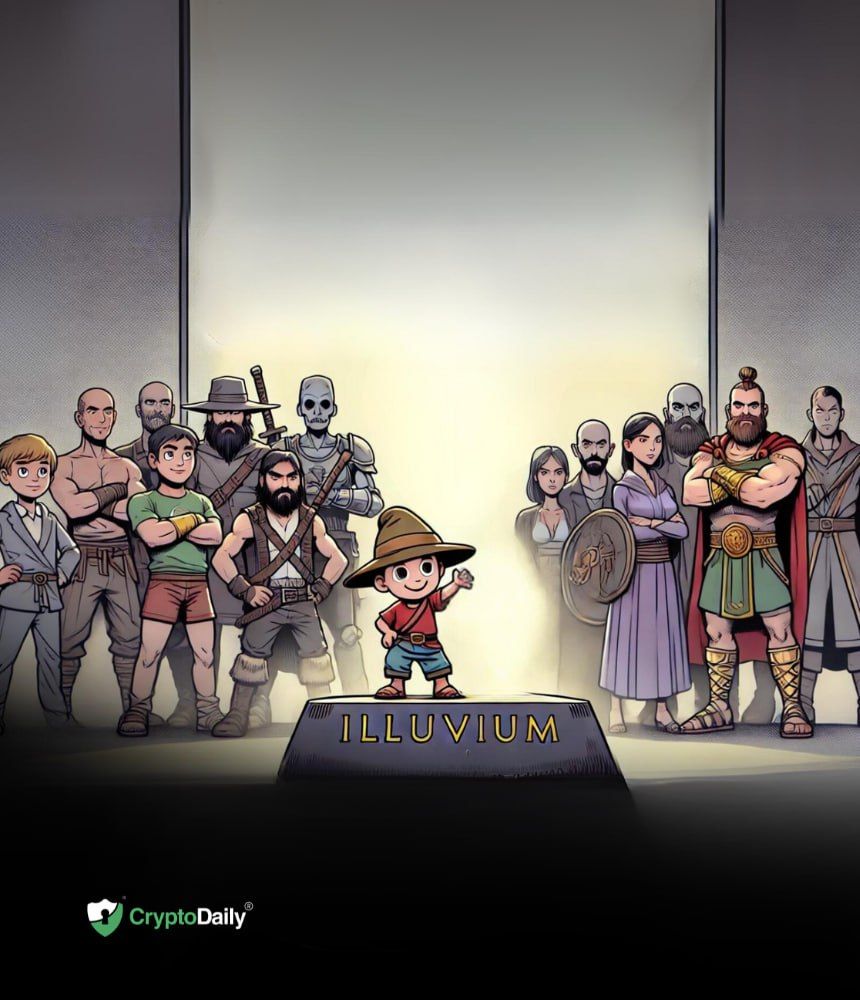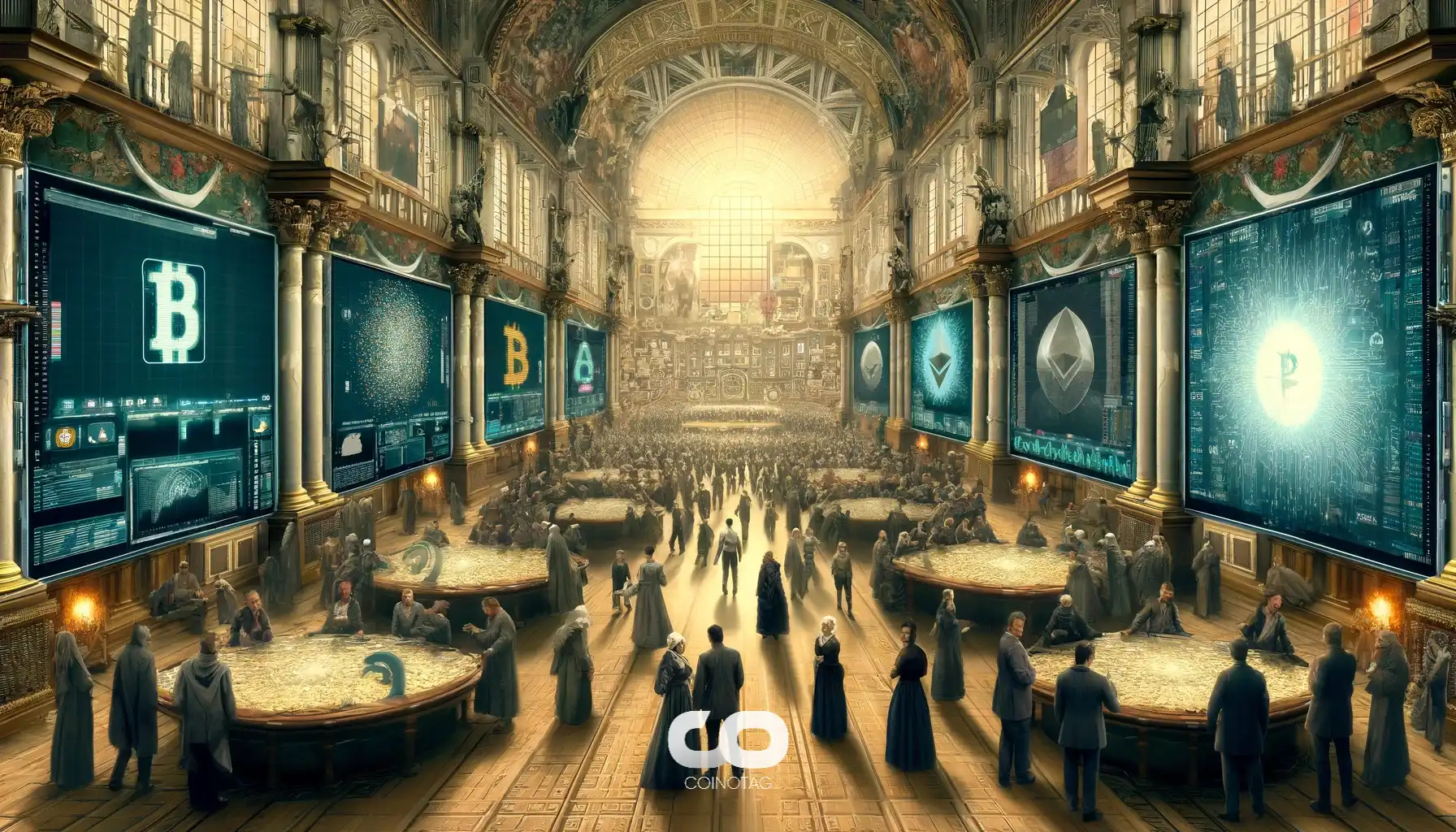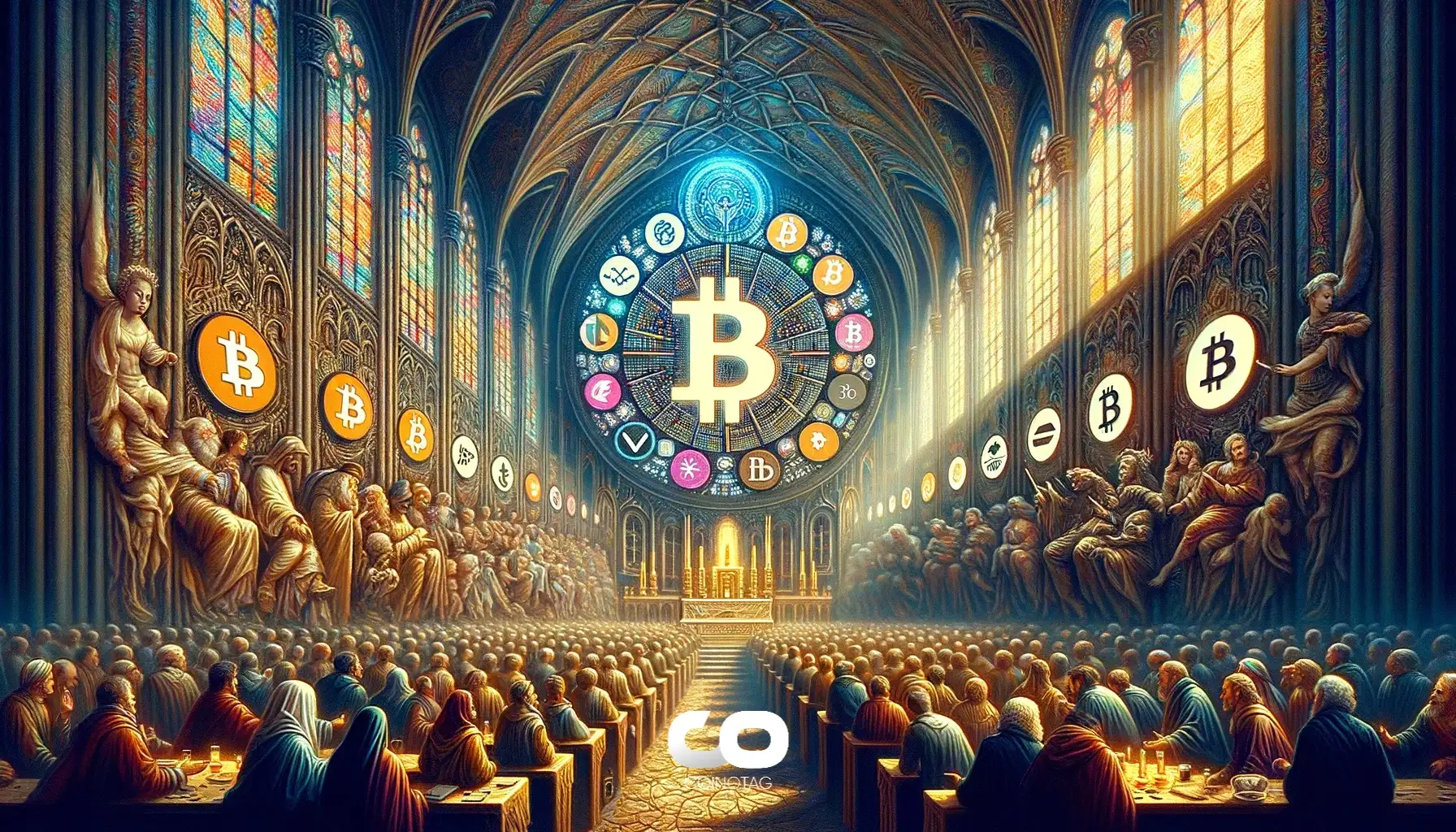Top Blockchain Technologies To Watch In 2024
- Discover the top blockchain technologies set to revolutionize industries in 2024
The blockchain technology may be changing with some new innovative technologies that are sure to make a dent in 2024.
Others will improve upon scalability and security, while many more will unleash entirely new use cases and applications for pioneering blockchain technologies reshaping the future of decentralized systems. Here’s a rundown of this year’s most promising blockchain technologies.
1. Ethereum 2.0
The list of the most anticipated updates in the blockchain space also includes Ethereum 2.0, which is supposed to be a revamp oriented at fixing the problems of scalability and power consumption bogging down the original Ethereum network. Some of the important features include the following:
Proof-of-stake: The consensus algorithm should shift from highly energy-consuming proof of work to proof of stake; this would slash the carbon footprint of the network substantially and be more secure.
Sharding: It atomizes the network into small, self-contained pieces or “shards,” facilitating parallel processing of transactions and smart contracts that increase scalability.
Security: The new version of Ethereum has several improvements, such as PoS and many other security-related improvements, to definitely make the network resilient to attacks.
2. Polkadot
Polkadot is another prominent multi-chain platform that lets blockchains of different types interoperate seamlessly. Key features include:
Interoperability: Polkadot can make blockchains interoperate, transferring messages and value in a trust-free fashion. This will gain significance in the formation of a cohesive blockchain ecosystem.
Scalability: By making use of parachains, that are parallel chains, it is possible to have multiple transactions running in parallel on Polkadot, hence general network throughput.
Governance: Polkadot’s governance model allows an opportunity for stakeholders to state directly which upgrades or future directions of the network should be taken, hence promoting a more democratic system.
3. Solana
Solana is, in itself, a potential gem among the ranks of the blockchains that are catering toward decentralized applications backed by blockchain technology and decentralized finance. Some of the high points of excellence in Solana are:
High Throughput: Solana’s consensus algorithm, Proof of History, enables it to process hundreds of thousands of transactions within a second, making it one of the fastest blockchains.
Low Costs: Near to no transaction fees make it such that developers would rather build applications on Solana due to lower costs that originate from ecosystems.
Thrift: Many businesses and applications being built based upon this is what has resulted in Solana’s thriving ecosystem.
4. Avalanche
Avalanche is a highly scalable and interoperable decentralized application and financial primitives platform. Some key characteristics include the following:
Consensus Protocol: Avalanche runs a unique consensus algorithm that provides close to instantaneous finality, high throughput, and secure operations.
Subnets: This enables issuing custom blockchains interoperative within the Avalanche ecosystem, hence flexibility and scalability.
Interoperability: With the bridge between chains, Avalanche is therefore able to offer a much more connected and versatile blockchain environment.
5. Cardano
Cardano remains in the main list due to its academic and scientific approach driven by strong security and sustainability principles. Key features include:
Proof of Stake: Cardano deploys an energy-efficient and secure Ouroboros PoS protocol.
Formal Verification: Formal methods and verification are used to mathematically prove that smart contracts and protocols are correct and secure.
Scalability and Interoperability: With Hydra as the scaling solution, Cardano envisions processing thousands of TPS and thus inter-operating with other blockchains.
6. Chainlink
This helps smart contracts tap into data from the real world; it is needed in so many decentralized applications. Particular to Chainlink, the following should be noted:
Decentralized Oracles: Chainlink decentralizes oracle networks to provide external data securely to blockchain applications, and gives an added element of reliability in the accuracy of data.
Security: It ensures that the architecture is secure, tamper-proof, and reliable data is supplied to smart contracts from a source very critical for DeFi applications.
Adoption: Broadly adopted across several blockchain projects, it only continues to grow in influence and reach within the space.
7. Algorand
Algorand is regarded as one of the pure implementations of the proof-of-stake protocol. This project’s original design focused on high performance and safety. Among its other core features are:
Fast Settlement Times: Under the Algorand consensus, it allows for fast transaction finality, which makes it fit for a host of other applications, such as DeFi and digital payments.
Low Fees: With low fees for transactions, Algorand becomes one of the most attractive platforms for developers and businesses alike. It has low fees for transactions.
Sustainability: Using very little power, Algorand is highly efficient and, therefore, a concrete step toward having green blockchain technology, which has been emphasized ever more these days.
8. Tezos
Tezos is a self-amending blockchain dedicated to development related to governance and upgrade mechanisms. Some of the features of Tezos are enumerated as follows:
Self-Amendment: The self-amendment capability of Tezos, without forks, decreases the chances of a network split and provides continuity.
Formal Verification: Like Cardano, Tezos utilizes formal methods to prove the accuracy of smart contracts at a higher order of security.
Governance: Tezos has an in-built governance model in which stakeholders have the right to make proposals and vote for changes in the protocol. The community is thus highly involved.
9.Cosmos
The vision underlying Cosmos is that of an internet of blockchains, whereby many independent and parallel blockchain networks coexist while intercommunicating and interconnecting with each other. It consists of the following elements:
Tendermint BFT: This Cosmos consensus algorithm makes use of the Tendermint Byzantine Fault Tolerance; thus, it is high in performance and security.
Inter-Blockchain Communication: This protocol can share data and value between different blockchains, hence making the blockchain space much more connected.
Scalability: Since many independent chains could be created, all of them optimized against specific applications, the scalability in the architecture increases.
10. Hedera Hashgraph
Hedera Hashgraph is a public network suited for business environments due to the unique consensus mechanism and high-speed operation as its principal advantages. Some of the features that set it apart are:
Hashgraph consensus algorithm: Since it gives out the information equally fast to the whole network, this algorithm has two very important benefits which are the speed of the transaction and security. The delegate uses AR to make quotas for reaching a consensus regarding the time spent in their meet-up.
Governing Council: Dissimilar authorities are leaders of this blockchain organization. It consists of bodies from various sectors like telecommunications, renewable energy, healthcare, law, and so on. The strategy of the allocated council and unregulated form of implementation form the basis of the firm’s guarantee.
Enterprise Adoption: Besides solving enterprise problems like high security and compliance, Hedera Hashgraph is a type of technology that is targeted toward enterprise use.
Hedera Hashgraph will, for example, be in a position to come up with a gluten-free supply chain network where every aspect will go through the right security checks, the identities will be clear, and the process predictable.
Conclusion
These new technologies make the adoption of them within a business possible in many ways as the landscape of blockchain keeps changing. The blockchain setting is in such a form that the consensus model of the blockchain is one of many models used in the paradigm.
These platforms focus on intrinsic concerns, such as scalability, interoperability, and security, and power the next generation of decentralized applications and services.
Progress in these fronts during 2024 will be an exciting forerunner of where blockchain technology can stretch in the next couple of years.





